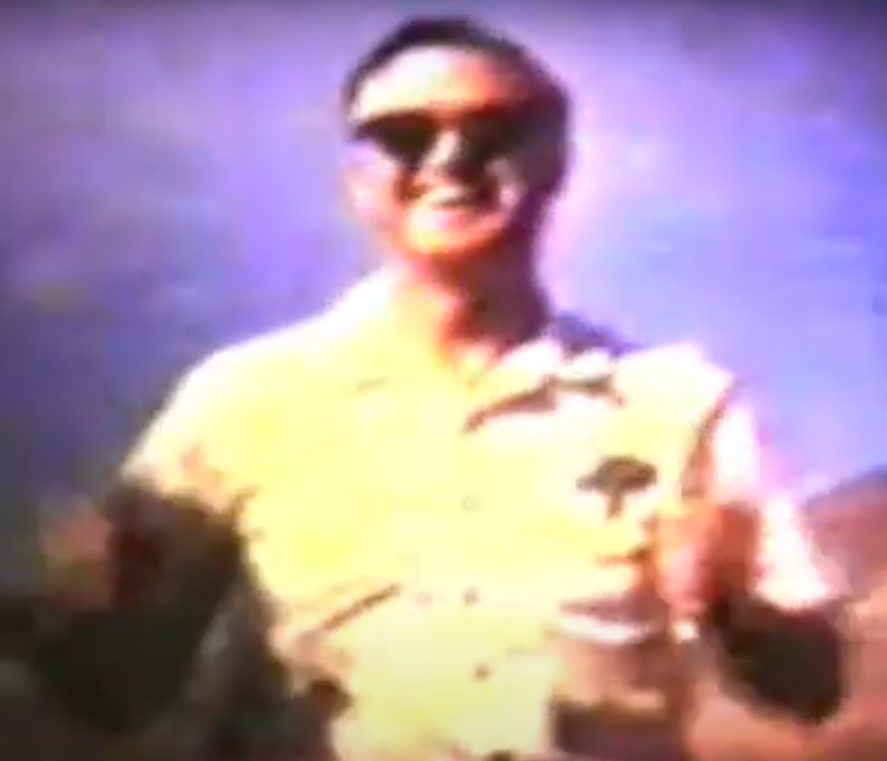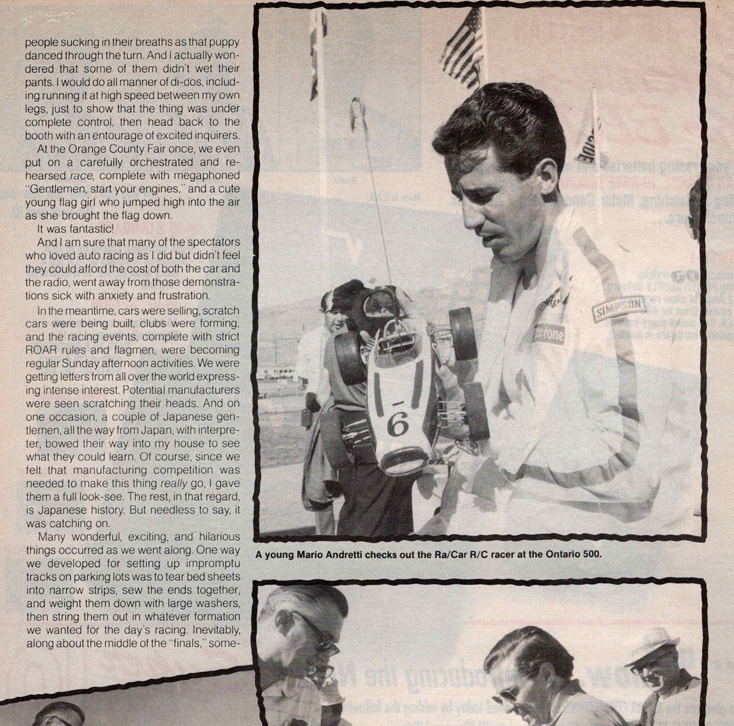The Story
Norb Meyer was one of the earliest innovators pushing the boundaries of what radio control could make possible. Working long before commercial RC cars existed, he began experimenting with homemade control systems and converted toy platforms, searching for a way to reliably steer a car from a distance.
Much of his work started on the workbench: radios cannibalized for parts, improvised wiring, servos tuned by hand. Progress came through countless iterations until, finally, a chassis moved across the floor under true remote command. That breakthrough became the spark behind a new kind of racing.
As interest grew, Norb brought his prototypes to early club gatherings and, eventually, to the first organized RC car competitions. His designs helped shape the fundamentals of the hobby we know today, from steering mechanisms to transmitter ergonomics. His role as a pioneer isn’t just technical—he helped prove that remote-controlled cars could be fast, competitive, and worth building a community around.
First Ever R.O.A.R. Nationals
Original race footage documenting one of the earliest RC car competitions.
1967 R.O.A.R. Nationals — The Beginning of RC Cars (Part 2)
Rare archival footage showing the evolution of early RC racing culture.




